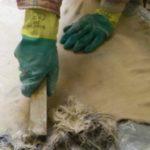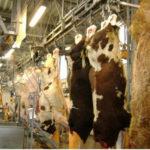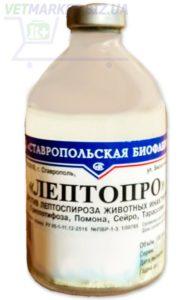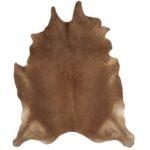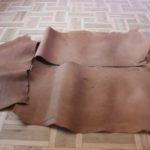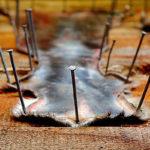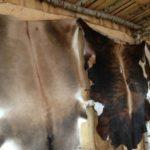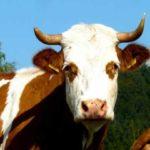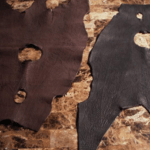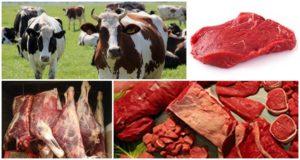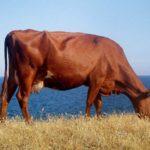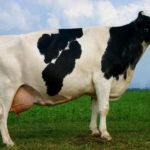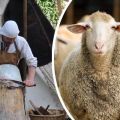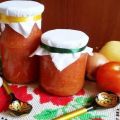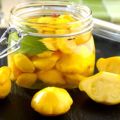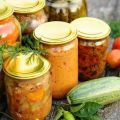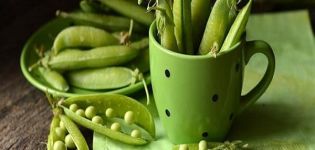Rules for dressing and processing cattle skins at home, classification
Cow skins are actively used to obtain high quality leather. The production of this material has a long history. The basics of skinning were still possessed by ancient people, who, with the help of improvised means, obtained leather and created clothes from it. Nowadays, the need for leather goods remains relevant. In order for the product to be durable and beautiful, you must strictly follow the rules of the procedure for making cattle skins at home.
How to skin cattle at home
It will take some skill to properly process a cow hide. In addition, the procedure involves many subtleties and nuances, without which it will not be possible to achieve a good result.
Preparation for the process
After the skin is removed from the carcass, you must do the following:
- Clean it from organic residues.
- Place the skin on a smooth surface with the fur underneath. This is necessary in order for the material to cool.
- When the raw material cools down, you need to sprinkle the skin with a large amount of coarse salt (3-4 kilograms per skin). Moreover, the product should not contain iodine.
- The raw materials must be dried within 3-4 days. As a result, the skin should become tough and dry.
Soaking the hide
The procedure includes two stages:
- Submerge raw materials in clean water. The material will soak within four hours.
- Further, for another twelve hours, the raw material should be soaked in a saline solution.
Important conditions at this stage:
- one liter of liquid accounts for twenty grams of salt;
- while for each kilogram of leather, eight liters of water are taken;
- experienced breeders advise adding furacilin to the solution. Such a measure will avoid bacterial infection.
The criterion by which the quality of the result is determined: the subcutaneous layer should be easily removed from the workpiece. If this is not observed, it is necessary to hold the skin in the saline solution for some time.
The workpiece must not be damaged, otherwise the quality of the leather will noticeably suffer.
Mechanical degreasing, fleshing
This stage consists in the complete removal of subcutaneous fat. The procedure can be performed manually or using a special mechanism. In the latter case, experience with the device is required: improper removal of hair follicles will negatively affect the quality of the material.
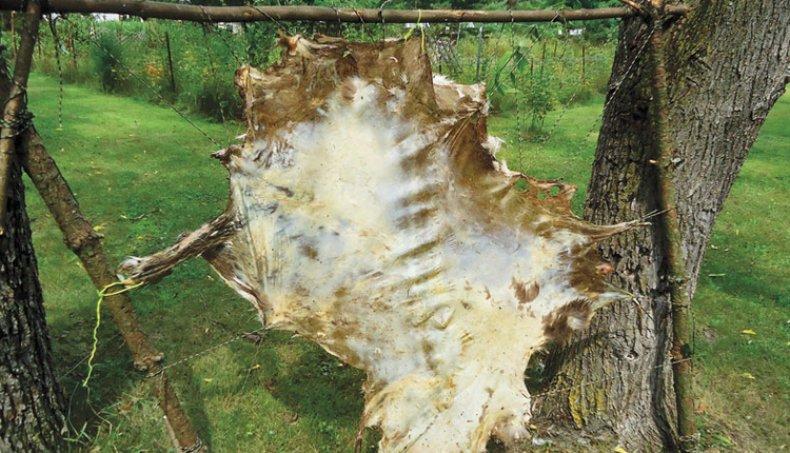
To get a quality product at the output, the fat layer must be removed evenly. First, the tail is removed. Subsequent movements are made from the axial center to the edges.
Material washing
Next, the skin of the cow must be washed in warm water using a soapy solution. To prepare the product, you will need ten grams of soap per liter of liquid. The best option is laundry soap or soda ash.
Pickling (or pickling)
The pickling procedure is aimed at changing the structure of the material. For this, the raw materials are soaked in an acetic-chlorine solution. Ingredients required: acetic acid (concentration - 0.15%) and sodium chloride (concentration - 0.04%). Processing involves regularly stirring the liquid with the raw materials immersed in it. The stage lasts twelve hours. The signal for completion is the presence of white stripes on the folds of the skin when it is squeezed.
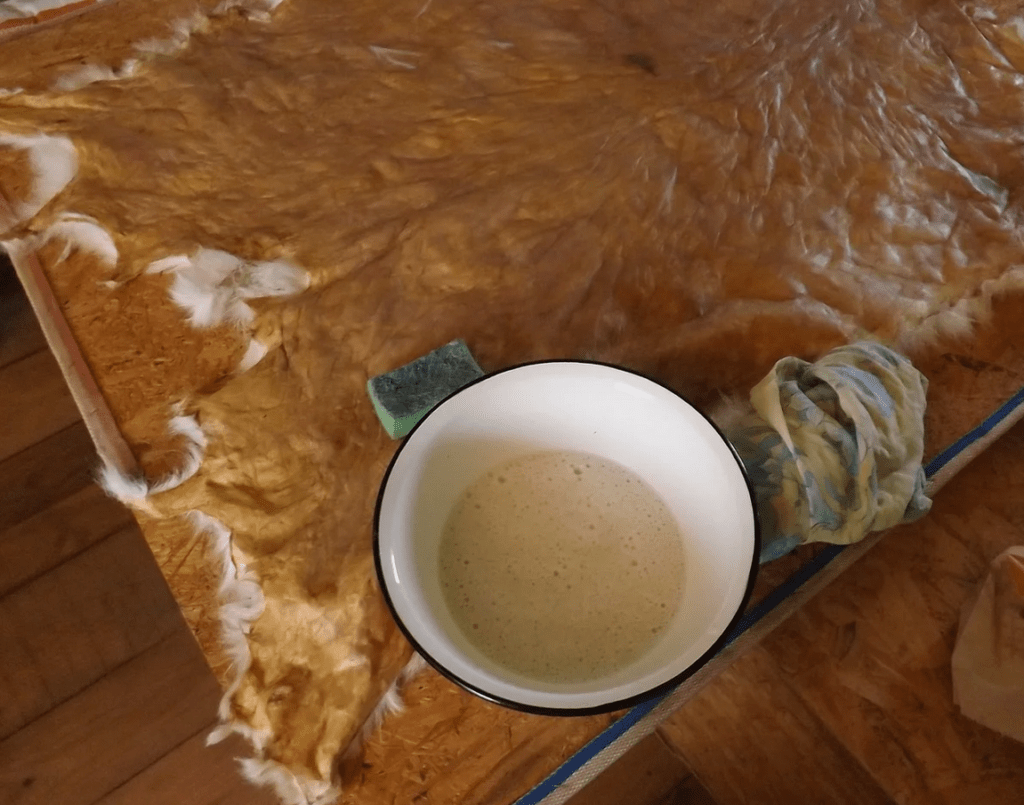
An alternative to pickling is fermentation, which boils down to soaking the skin in an aqueous mixture with the addition of barley or oat flour and salt. For every liter of warm water, there are sixty grams of salt and one hundred grams of flour. The ingredients are thoroughly mixed and, after reaching a uniform consistency, the workpieces are soaked in the mixture.
It is important to periodically monitor the fermentation process to avoid overexposure. The spoiled material is not suitable for further processing.
Tanning
After all the above manipulations, the material is tanned. First you need to prepare a solution based on chromium oxide. The ingredients are taken in the proportion: one and a half grams of substance per liter of warm water. Then the skin is immersed in the mixture and stirred periodically.
To prepare the composition, you can use oak bark, willow branches, alder, stalks of dioecious nettle. The components are crushed so that the same amount of each of them is obtained - 250 grams. The ingredients are then added to the saline solution. The mixture is brought to a boil and left to simmer for thirty minutes. Next, strain the liquid, wait until it cools down, and then soak the skin in it for six hours.
Fat
To process the material, you need a special emulsion. The procedure includes the following steps:
- Boil water to 45-50 degrees.
- Laundry soap is ground to obtain shavings.
- Fat (80 grams), ammonia (10 grams) and soap shavings are added to the water.
- Mix the ingredients thoroughly.
- The mixture is used to process the seamy side. The raw material is rubbed with a tampon or soft bristled brush.
At the end of the procedure, the skins are put in a pile and left for a day. In this case, heating devices must not be used for drying.
Drying skins
The last stage of processing is to pull the skins over the wooden lattice with the wrong side out. It is important to ensure that the tension is not excessive. Otherwise, the material will not withstand so many treatments and will lose its integrity. The tension should be sufficient, but not excessive.
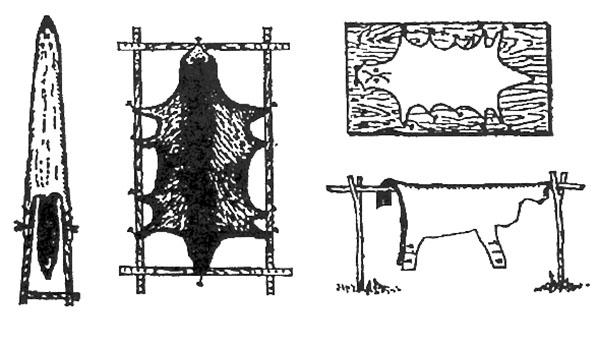
During the entire procedure, the raw materials must be ventilated outside every day, leaving the blanks in a cool place. The skin is removed when the middle of the seamy surface is completely dry and elastic. Then the skin is stretched on a flat surface and the inside is cleaned. It is recommended to do this with a metal brush. As a result, the product will acquire a light shade and additional softness. Cleaning should be carried out evenly, without sudden movements and transitions.
The very last touch is to dry the material for two days. After which the skin will be completely ready.
How cow skins are classified
There are several varieties of cow skins. Each type has a certain level of strength and requires adherence to a number of nuances during processing.
Ooek
The leather obtained from the calf carcass is characterized by the presence of matted primary hair. The skins are removed from birth until the end of lactation.Such raw materials are used to create lycra and chrome leather.
Outgrowth
The source of raw materials is young individuals that have switched from dairy to vegetable nutrition. The material has the following characteristic features:
- the presence of a backbone strip;
- dull, moulted coat.
This type of cowhide is also used to produce lycra and chrome leather.
Yalovka
This type of skins is obtained from adults. This type, in turn, is subdivided into several subspecies:
- light skin (13-17 kilograms);
- medium (17-25 kilograms);
- heavy cowhide (over 25 kilograms).
The material is used for the manufacture of yuft, saddle cloth, velor.
Bychina
As the name implies, this type of skins is obtained from castrated bulls and weighing more than seventeen kilograms. The material has a thickness of up to five millimeters, but, despite this, it is highly durable - products from beef serve for many years, while maintaining their visual appeal. The raw material is actively used for hand and mechanical stamping. Bovine hide is also characterized by a minimum of folds in the collar area. Bychina, depending on weight, is divided into several types:
- lightweight (weight varies from 17 to 25 kilograms);
- heavy (over 25 kilograms).
Bull
This type of skins is obtained from bulls that have not been castrated. The features of the material are:
- thickness;
- high strength.
Raw materials are used for the manufacture of Russian leather, morocco, napplac, blinders.
Each breeder can independently manufacture cowhide. The main condition for obtaining strong, elastic skin is strict adherence to all instructions, rules and recommendations. A significant help in this matter will be the accuracy and diligence of the master.
